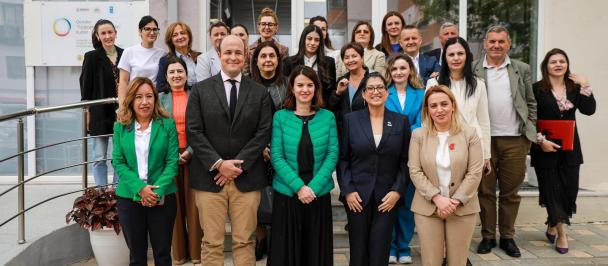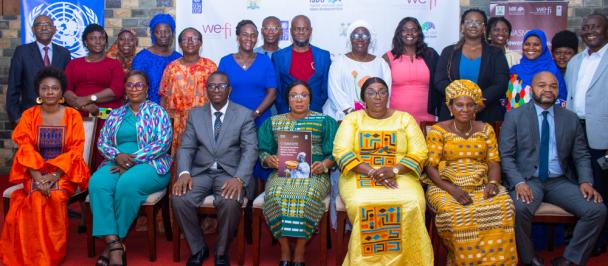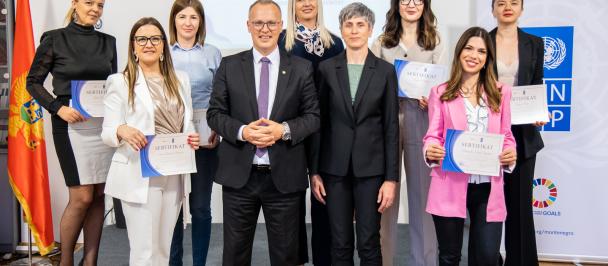Old meets new in an initiative to help communities recover from disaster
What is vernacular architecture, and how can it help Afghanistan?
December 18, 2023
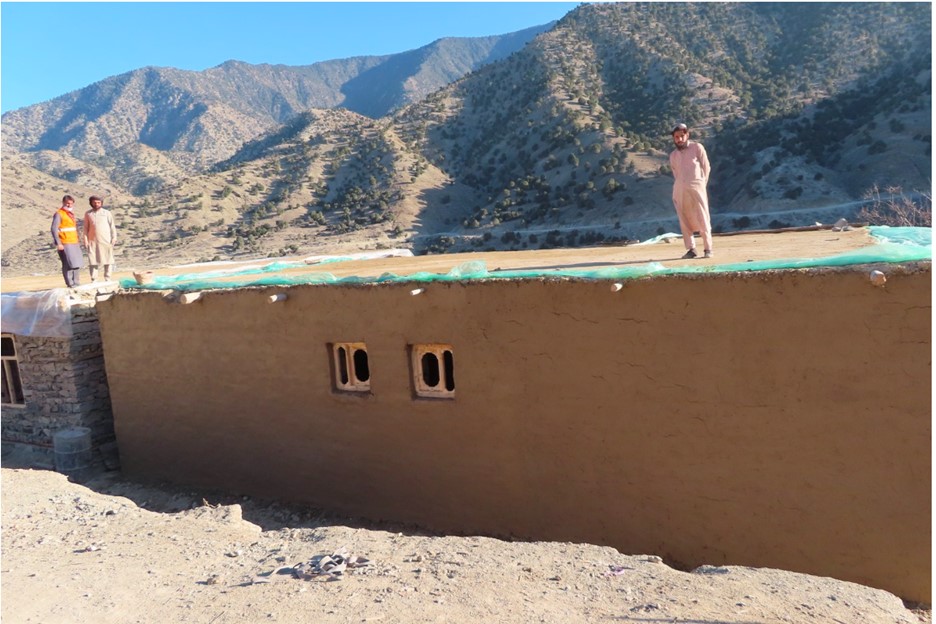
Vernacular architecture is based on local materials using traditional construction methods such as pakhsa (a combination of earth and straw), mudbrick, and stone masonry.
Earthquakes are a part of life in Afghanistan, which sits on the Alpide belt where the Indian and Eurasian tectonic plates collide.
Large number of houses in the rural areas are made of mud, stone, and wood, which provide a comfortable living space in harsh weather but have low resistance to seismic hazards.
So when an earthquake struck western Afghanistan in October tens of thousands of families experienced devastating consequences.
Raiza Gul, 50, is mourning the loss of 27 family members who died when her house collapsed. "It got dark and there was dust everywhere. When things got clear, I found my sister-in-law along with her son and daughter under the rubble buried up to their shoulders. Her son’s nose was bleeding, and he was dead," she said.
Social norms are a significant factor in the vulnerabilities of communities. Women face much higher risk due to their restricted mobility and economic limitations. More than 90 percent of October’s victims were women and children because they were the ones at home. Raiza only survived because she happened to step out of the house.
Because Afghan communities have suffered from decades of conflict a gap has formed in passing on to a new generation traditional knowledge of house construction and maintenance. Lack of proper building standards and codes have made houses even more likely to collapse.
'It got dark and there was dust everywhere. When things got clear, I found my sister-in-law along with her son and daughter under the rubble buried up to their shoulders. Her son’s nose was bleeding, and he was dead.'- Raiza Gul
How can vernacular architecture help?
Vernacular architecture is based on local materials using traditional construction methods such as pakhsa (a combination of earth and straw), mudbrick, and stone masonry. These practices, deeply ingrained in the country's culture for centuries, offer sustainability and resilience. House designs in Herat province replicate elements of its ancient citadel which dates back to 330 BCE and the time of Alexander the Great.
In an era increasingly dominated by technology it’s important to preserve traditional knowledge. Vernacular housing serves as a living repository of traditional techniques and can complement modern building.
Vernacular housing is also highly sustainable, often resulting in the lowest levels of carbon emissions. By using local materials and age-old construction techniques, they are better suited to local climate conditions, resulting in natural energy efficiency.
The process encourages the principles of recycle, reuse, and reproduce. Local materials and even construction waste are often repurposed, using what would otherwise be debris. This minimizes waste and reduces costs.
There’s a strong social element built into the process. It fosters social cohesion, enabling communities to make collective decisions and empowering them to maintain their cultural identities and preserve their proud heritage. It instigates broader social and economic transformation that extends beyond merely improving physical infrastructure.
However, while highlighting the positive aspects of vernacular building, it is also important to address its shortcomings. There is need to look at its inherent weaknesses and low resistance to seismic loads. Vernacular architecture, that is outcome of continuous social process over many centuries, still needs further, modern scientific inputs.
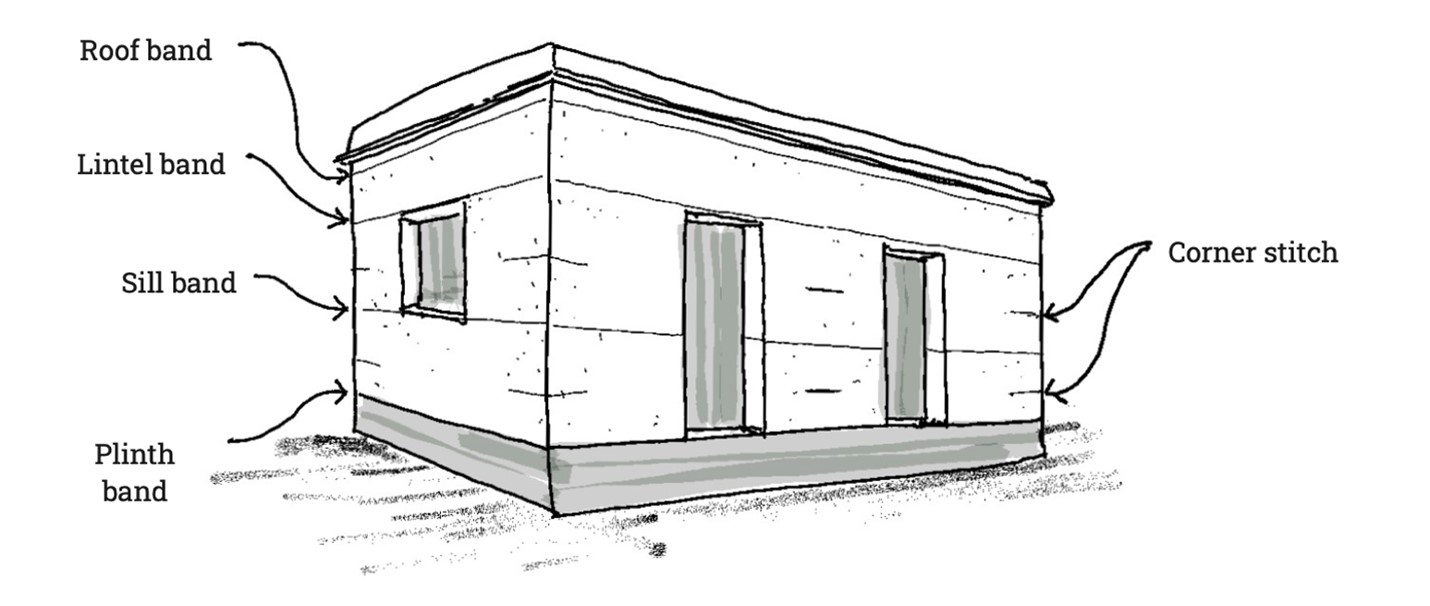
Drawings for a house constructed using traditional techniques and materials. Vernacular housing serves as a living repository of traditional techniques and can complement modern building.
Born out of experience
The vernacular housing strategy for recovery and resilience was born out of the experience after the 2022 earthquake. Drawing upon traditional wisdom of building with local materials and modern scientific knowledge, a comprehensive set of guidelines was prepared. The objective was to empower homeowners, particularly women and young people, to take charge of restoring their traditional homes--from choosing the appropriate layout and design, to managing their own construction. Families were given cash grants and 150 homes were built in about four months. Now people are constructing their houses on their own using the hazard resistant features they learned during reconstruction.
UNDP's focus isn't merely on reconstruction. It addresses immediate needs, employs community members through cash-for-work schemes and helps restore local businesses and economies. It’s a long-term commitment to reducing the impact of disasters.
A unique aspect of this approach is the strong focus on gender. The cash-for-work initiative equips women with new skills and opens up alternative sources of income. Given the situation in Afghanistan such opportunities for earning can significantly uplift women's social standing and promote gender equality.
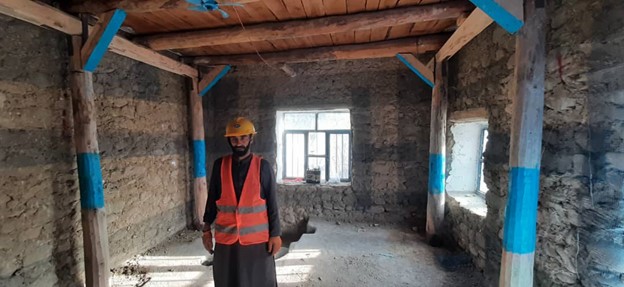
Facing frequent and devastating earthquakes, UNDP in Afghanistan has turned to a novel, heritage-preserving, cost-efficient, and culturally specific approach to earthquake response.
More funding is needed
This partnership, between UNDP, CARE, ActionAid and the Swedish Committee for Afghanistan and local communities has resulted in 150 houses being built over the past year. More than 10,000 families in Herat need housing in the coming months, and more funding is needed to reach families who face harsh weather in inadequate shelter.

 Locations
Locations